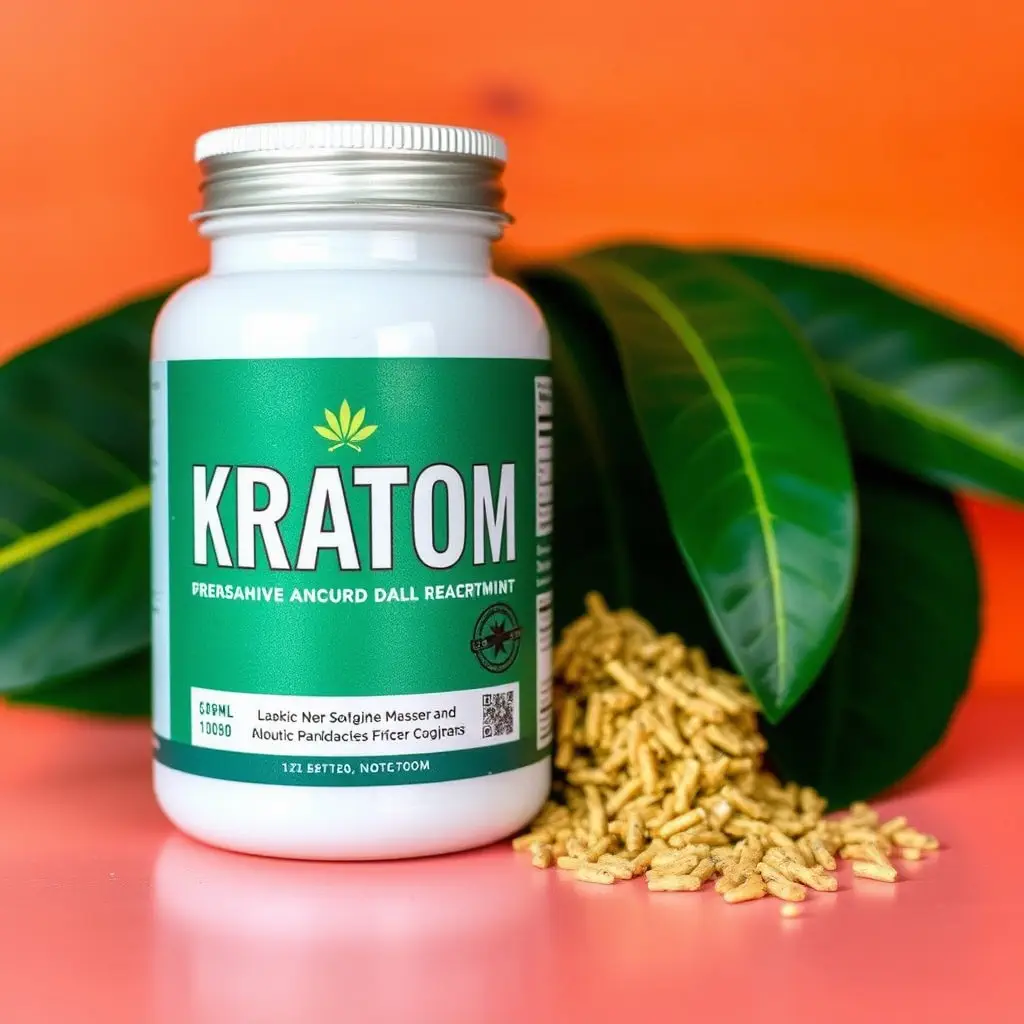Maeng Da Kratom, derived from the Mitragyna speciosa tree, is a natural remedy known for its potent analgesic properties that can help alleviate chronic joint pain. Its unique alkaloid profile, which includes significant amounts of 7-hydroxmitragynine and mitragynine, interacts with opioid receptors to provide natural pain relief. Users often report that Maeng Da not only reduces inflammation but also decreases discomfort, potentially improving mobility. While it's an attractive option due to its long-lasting effects and fewer side effects compared to traditional medications, scientific research on its efficacy is still evolving, necessitating cautious use and professional consultation. Those considering Maeng Da kratom for joint pain should be aware of personal health differences, potential side effects, and the legal status in their area. It's not a cure but can be part of a comprehensive treatment plan when used responsibly under medical guidance. Users should also be mindful of individual reactions and possible interactions with other substances.
Maeng Da Kratom has emerged as a natural alternative for individuals seeking relief from joint pain. This article delves into the multifaceted role of Maeng Da within the realm of pain management, exploring its traditional use, scientific backing, and potential efficacy. We will examine the intricate relationship between joint pain and Maeng Da Kratom, its alleged mechanisms for pain relief, and how it compares to conventional treatments. Furthermore, we will discuss integrating Maeng Da into a comprehensive holistic plan that includes dietary adjustments, complementary therapies, and exercise to enhance overall joint health and comfort. Join us as we explore the benefits and considerations of using Maeng Da Kratom for joint pain relief.
Understanding Joint Pain and the Role of Maeng Da Kratom

Understanding joint pain involves recognizing its myriad causes, which can range from wear and tear due to age, injury, or inflammatory conditions like arthritis. The discomfort associated with these conditions often leads individuals to explore various forms of relief. Maeng Da Kratom has emerged as a potential natural remedy for managing joint pain. Derived from the leaves of the Mitragyna speciosa tree native to Southeast Asia, Maeng Da is known in the herbal community for its potent alkaloid profile, which may contribute to its analgesic properties. The effects of Maeng Da Kratom are reported to be more pronounced and long-lasting compared to other strains, making it a popular choice for those seeking relief from joint pain. Its interaction with the body’s opioid receptors is thought to provide pain-relieving benefits, which can be particularly beneficial for individuals with chronic joint conditions who are looking for alternatives to conventional pharmaceuticals.
When considering Maeng Da Kratom for joint pain relief, it is crucial to approach its use responsibly and with a comprehensive understanding of its effects. The strain’s impact on the body can vary depending on factors such as dosage, individual physiology, and the underlying cause of joint pain. While anecdotal evidence and some scientific studies suggest that Maeng Da Kratom may offer significant relief for joint discomfort, it is not a cure and should be used as part of a broader treatment plan under the guidance of a healthcare professional. Users should also be aware of the potential side effects and legal status of Kratom in their region before incorporating it into their wellness regimen.

Maeng Da kratom, a strain derived from the Mitragyna speciosa tree, has garnered attention for its potential in alleviating joint pain. This particular variant is celebrated for its robust alkaloid profile, which includes the prominent compounds 7-hydroxmitragynine and mitragynine. These active components are believed to interact with the body’s opioid receptors, providing analgesic effects that can help manage chronic pain associated with joint issues. Users often report that Maeng Da kratom aids in reducing inflammation and discomfort, allowing for improved mobility and enhanced quality of life. It’s important to note that while anecdotal evidence supports its use, scientific research is still emerging, and individuals should approach its use with caution, adhering to recommended dosages and consulting healthcare professionals before integrating Maeng Da kratom into their pain management regimen. Additionally, the strain’s long-lasting effects make it a favored choice among those seeking sustained relief from joint discomfort without the side effects often associated with traditional pharmaceuticals. As with any supplement or medication, it’s crucial to consider individual sensitivity and potential interactions with other substances.
– The Science Behind Joint Pain

Chronic joint pain is a multifactorial condition influenced by various mechanisms including inflammation, neuropathic processes, and degenerative changes within the joint tissues. At the cellular level, the degeneration of cartilage, synovitis, and bone remodeling contribute to the discomfort and limited mobility characteristic of joint pain disorders such as osteoarthritis and rheumatoid arthritis. The inflammatory response is pivotal in this context; it triggers a cascade of pro-inflammatory cytokines and enzymes that lead to the breakdown of the joint’s structural integrity. This inflammation can be acutely painful and often chronic, significantly impacting an individual’s quality of life.
In recent years, natural remedies have gained attention for managing joint pain. Maeng Da kratom, a strain derived from the Mitragyna speciosa tree, has been explored for its potential analgesic properties. The leaves of this strain are known to contain alkaloids that may influence the opioid receptors in the brain and spinal cord, potentially providing relief from pain without the side effects commonly associated with synthetic painkillers. The efficacy of Maeng Da kratom in joint pain management is believed to stem from its ability to modulate the body’s response to inflammation and pain perception, offering a promising alternative for those seeking relief from joint discomfort. However, it is crucial for individuals considering this approach to consult healthcare professionals to assess the safety, appropriate dosage, and potential interactions with other medications they may be taking.
Maeng Da kratom has emerged as a potential natural alternative for individuals seeking joint pain relief. Its alkaloid profile, particularly mitragynine and 7-hydroxymitragynine, may offer analgesic effects that address the discomfort associated with joint issues. While research is ongoing to fully understand its efficacy and long-term impact, Maeng Da kratom’s role in pain management warrants attention from both sufferers and healthcare professionals. Users are encouraged to consult with qualified medical personnel before incorporating it into their wellness regimen, ensuring safe and informed use. As the body of evidence grows, Maeng Da kratom stands out as a promising option for those looking to alleviate joint pain in a natural manner.






